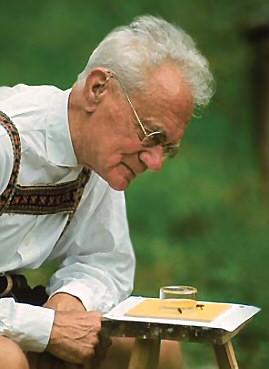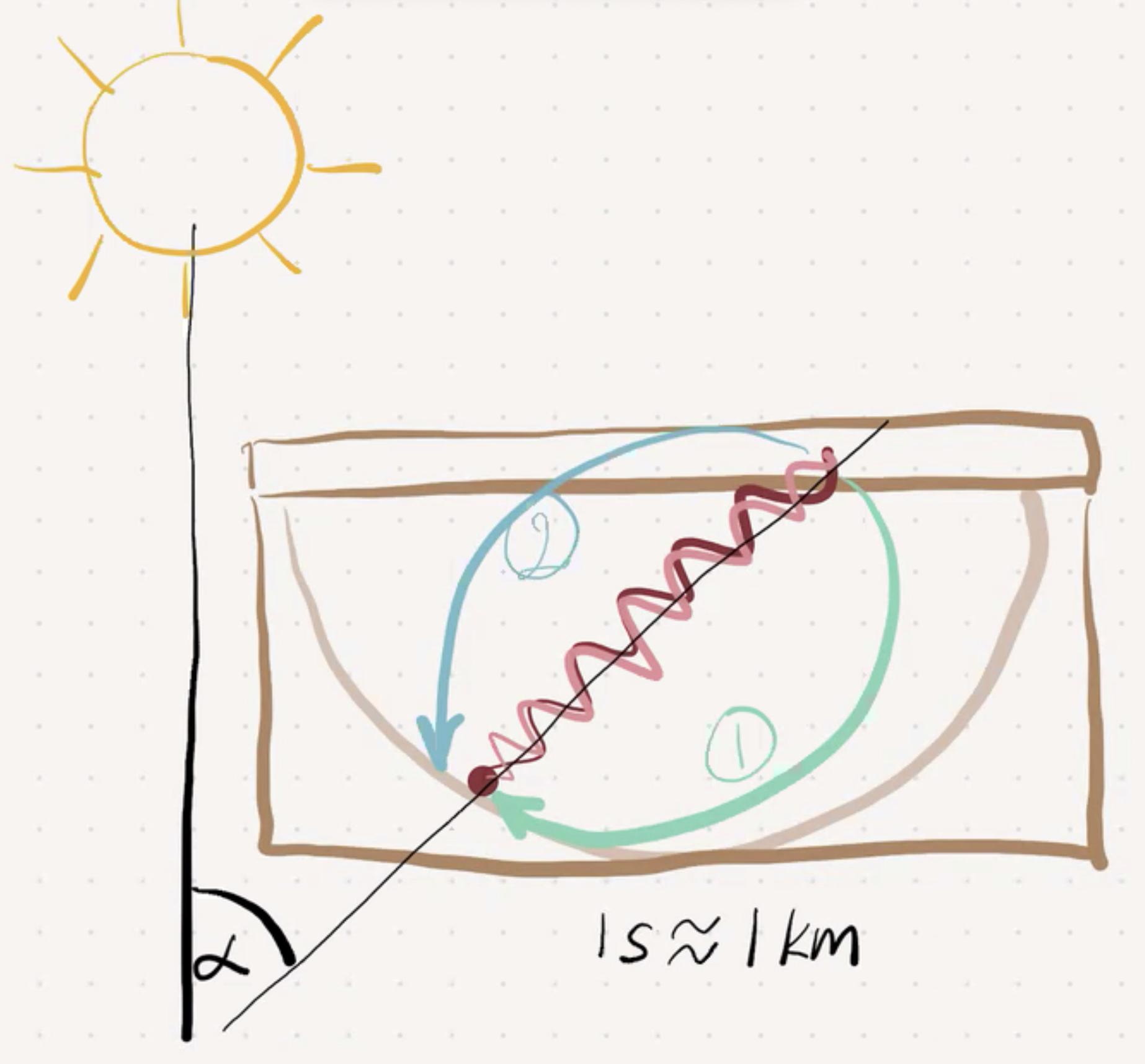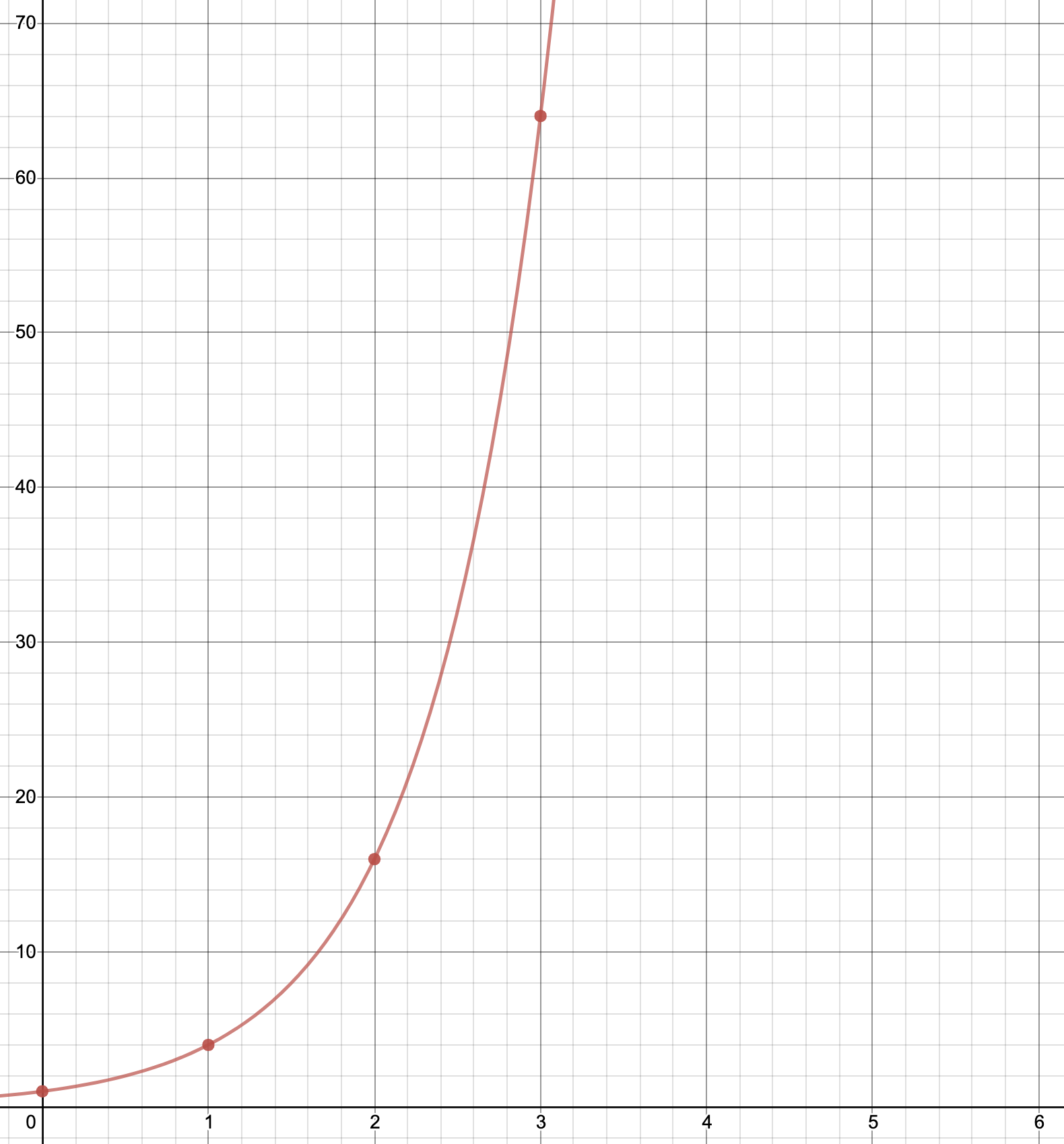Have you ever seen blooming trees or a field of flowers buzzing with bees?
Do bees find these flowers by simple chance, or do they have a way to share with each other good resources?
What gives bees the power to discover and hoard immense amounts of nectar that they turn into honey?
How do bees orient and find their way home?
These were the questions that gave sleepless nights to Karl von Frisch, an Austrian ethologist. His research in the 1920’s earned Von Frisch a Nobel Prize, shared with his countryman, the ethologist Konrad Lorenz, and the Dutch Niko Tinbergen.

For a video commentary and visual demonstration of the waggle dance, watch this video:
Von Frisch discovered that bees use the sun as their primary orientation tool. Not only do they use the sun to find their way home from as far as 5km (~3 miles) away, they also have a way to abstract and communicate directions relative to the sun using a special movement pattern, called the waggle dance.
Frisch found that bees have the ability to communicate the location of rich forage with each other. Bees achieve this through a special sequence of movements, often referred to as a dance.
We differentiate between two major classes of dance types: the round dance and the waggle dance. Both dances take place in the center of the hive where the dance har a higher chance of drawing the attention of her sisters. The purpose of the dances is to recruit other bees to go along and help collecting resources. As the new recruits come back to the hive, often they start dancing enthusiastically, thus giving the recruitment an exponential boost.
The round dance is used by the bees to describe that there’s rich food source within the immediate vicinity of the hive, typically within 50-100 meters (or yards). The round dance is fairly simple: it manifests in a rapid succession of whirling around repeatedly in clockwise and counterclockwise directions.
The waggle dance is significantly more sophisticated in nature. For resources that are further away, bees have to describe the direction and the distance. In addition, the smell of the bee also gives away the type of food. And last, the quality of the forage is communicated through the vigor or intensity of the dance. Bees communicate the direction relative to the sun encoded in the angle of the waggle line of the dance relative to the vertical line (on the vertically hanging comb). The length of the waggle indicates the distance, where one second represents about 1km (0.6 miles) distance.

Is the waggle dance effective enough? - you may ask. When we see bees dance, there tend to be 3-6 bees “watching” the performance. Let’s say the average is 4. Not that many, you’d say. However, consider that those, who are watching decide to join in as well, and when they come back, they start recruiting as well. In the 2nd round we’ll have 16, the third 64, the fourth round 256 bees. In just 8 rounds, the colony mobilized over 65,000 bees - exceeding the total number of bees in most colonies.

The human brain is not very good at grasping the incredible growth at exponential rate. The diagram above is “flattened”, so we can see it better, and it only shows the first three rounds of recruitment.
